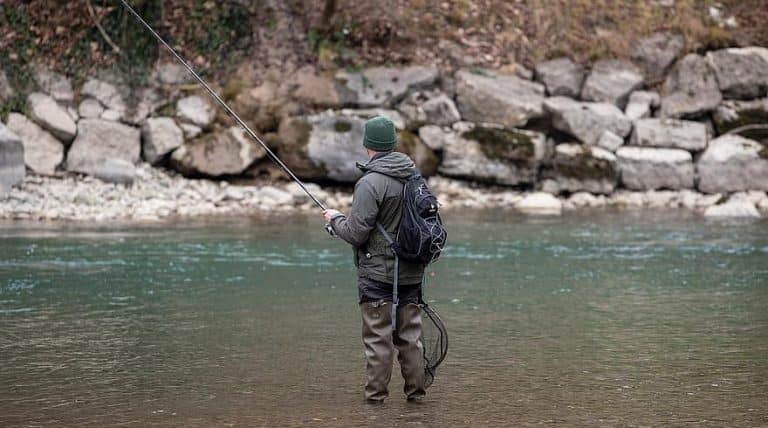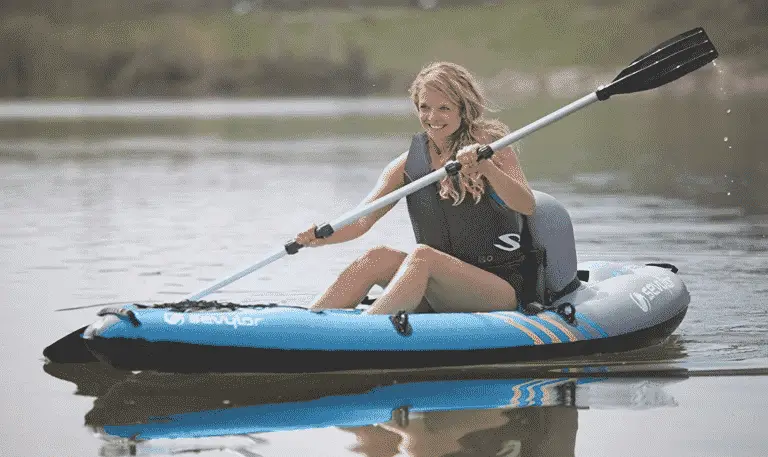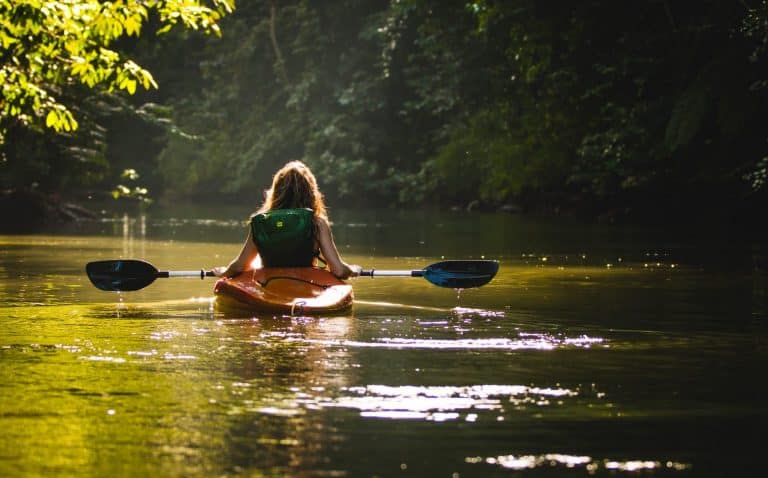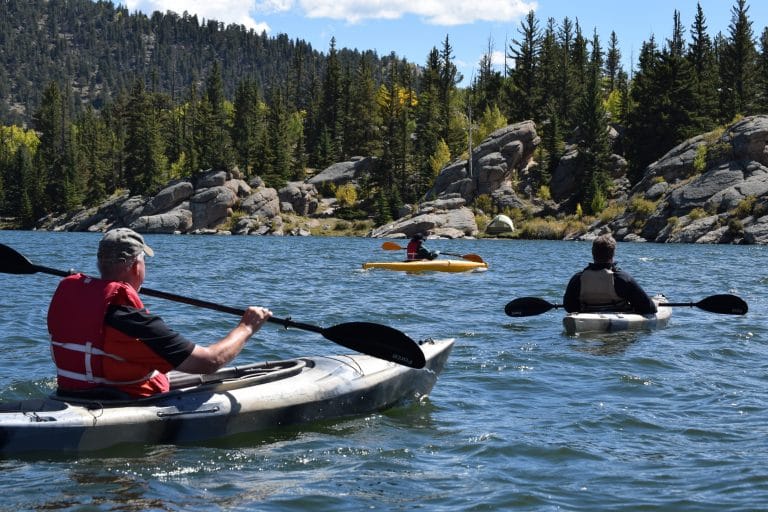10 Best Base Layers For Skiing & Snowboarding – Stay Warm On The Slopes
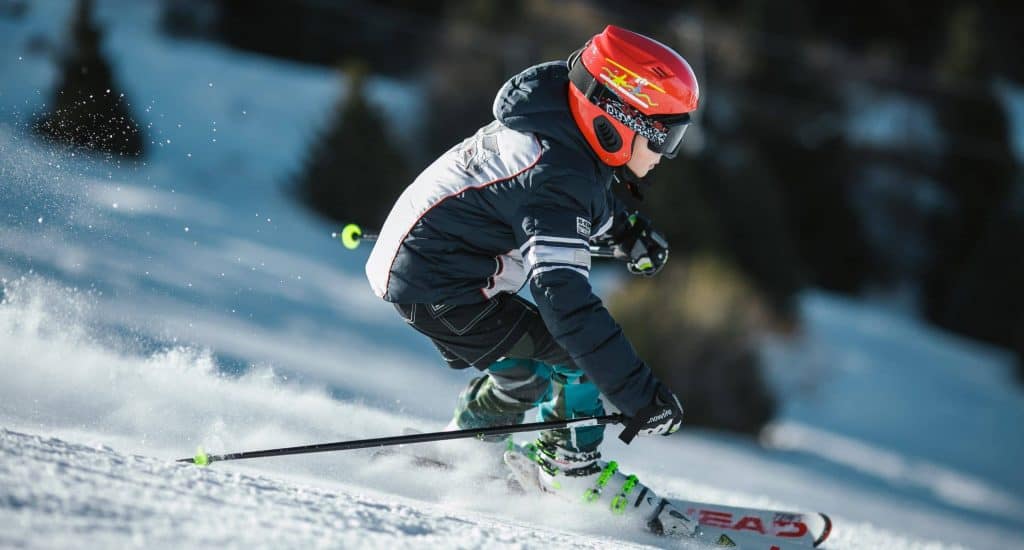
Table of Contents
Intro into the best base layer for skiing & snowboarding
Skiing and snowboarding have long been some of the most popular winter sporting activities that people partake in every year. Whether it is competitively or just on a family holiday.
9.2 million people in the US went skiing and snowboarding in 2018 alone! That’s a huge number of people, and therefore the demand for high-quality outdoor winter clothing is massive.
Having the right gear is not only crucial to your performance on the slopes but also to your safety.
Learning how to choose the best base layer for skiing or snowboarding could be the difference between a fantastic time and a disaster on your next outdoor adventure.
This article is all about helping you choose the best base layer for skiing. We have 10 of our top picks for you to choose from and then a handy buyers guide at the bottom, letting you in on our selection process.
The article is split into 2 halves, firstly the best skiing baselayers for men, followed by the same for women.
Let’s dive right in!
Mens – Best Base Layer For Skiing and Snowboarding
Womens – Best Base Layer For Skiing and Snowboarding
Best Base Layer For Skiing & Snowboarding – Buyers Guide and FAQ
Choosing the right base layer for your next skiing and snowboarding adventure should be an important decision as it can make or break your trip. If you make a wrong choice you might end up cold, wet and uncomfortable which will reduce your time out on the slopes.
And not all base layers will be suited to all environments, so use our handy guide below to ensure you pick the right base layer for your next adventure.
Depending on the time of year you go skiing or snowboarding, there might be a big difference in the temperature. For example, skiing in Norway in November will be much colder than skiing in springtime in southern France.
What is a base layer?
The base layer is the clothing that is put closest to your skin. Some tight-fitting thermal base layers are referred to as a ‘second skin’. It can consist of your top and bottom half, coming in separate items of clothing or as an all in one (long-johns) base layer if you prefer.
Base layers are designed to wick moisture and sweat away from your body to prevent your skin from being damp which would lead to you feeling wet and cold.
How should a base layer fit?
For base layers to work properly they need to have a tight or athletic fit against your body. You will notice that some of the base layers we recommended are not super tight, however, as long as it is in contact with your skin, it will be able to wick away the moisture and perform optimally.
If your base layer isn’t tight enough, it won’t be able to transfer the moisture away from your skin causing your skin to feel wet and cold.
What is the wicking effect?
Like we said above, wicking is the pulling of moisture away from your skin. Certain materials are better at this than others and the fabric choice will probably be the most important choice to make when it comes to choosing a base layer.
Many people think that cotton is a great material choice because it’s regarded as comfortable and warm, but for high activity exercises, it couldn’t be further from the truth.
Avoid using cotton at all costs! Cotton holds onto moisture very well, meaning it is terrible at wicking moisture away from your skin. This causes you to remain wet and cold. As a result, your core body temperature could drop quickly which can be very dangerous.
What are base layers made from?
Recommended base layers for any winter sports are either made from synthetic materials or merino wool. It is not uncommon to see base layers (even those made with merino wool) made from a blend of different materials.
Both layers are great as a starting point but do come with some pros and cons, I’ll describe them below.
Both types of base layers have pros and cons. They also work in different ways, which I’ll describe below.
Synthetic base layers
Pros
- Made from synthetic materials
- Lightweight
- Great at wicking moisture away from your skin
- Quick-drying
- Stretchy and comfortable
- Often cheaper than merino
Cons
- Bad odor control
- Slow regulation of body temperature
- Can become itchy and static overtime
Merino wool base layer
Pros
- Lightweight
- Great at wicking moisture away from your skin
- Quick-drying
- Soft on the skin
- Excellent odor protection
Cons
- Usually more expensive
- Can ‘sag’ over time
If you have the budget, then merino wool is the premium choice of base layer for any winter sports and outdoor activities.
Its excellent odor control can allow you to ski for many days without the need for washing, and it can hold 30% of its weight in liquid without even feeling damp!
Synthetic base layers do have their benefits, however, so a lot of the choice will come down to personal preference.
Base layers and weight classes
Base layers for winter sports are usually classified into three weight classes: lightweight, mid-weight, and heavyweight. The weight classes are measured in grams/m2 fabric weight. The higher number of grams per square meter, the warmer the base layer is.
Lightweight insulation usually ranges from 170-200 grams. These are good at the end of the season in March or April when it is starting to get a little warmer.
If you pair them with a warm mid-layer, softshell or 3-in-1 jacket, you can also wear them earlier in the season. I would not recommend these for cold or icy conditions though.
Mid-weight insulation usually ranges from 200-300 grams. This weight class is the most versatile when it comes to recreational skiing.
With additional layers, you can wear a mid-weight base layer all year and even in hot weather. If you are looking to choose only one base layer for year-round, then the versatility of the mid-weight will serve you well.
Heavyweight insulation is anything from 300 grams and up. If you like to go skiing in freezing temperatures early or mid-season, this is definitely the type of base layer you will want.
Heavyweight base layers can be worn as an extra layer of insulation on top of a lightweight base layer.
Conclusion
Choosing the best base layer for skiing or snowboarding, shouldn’t be a difficult task. Once you know why you need to choose certain materials and the benefits of each, and how the base layer should fit against your body, the decision is fairly simple.
All of our recommendations are made from either synthetic materials or merino wool and therefore are perfect for wicking moisture away from your skin to keep you warm and dry. They also all have a tight or athletic fit against your skin.
Other snow posts you might like:
- Best Ski Goggles Under $100 of 2025: In-Depth Review
- Best Ski Resorts In Utah: 5 Place You Should Visit On Your Next Trip
- Top 5 Best Places To Go Skiing In Colorado: You Need To Go Here!
- Best Ski Boots For Wide Feet In 2025
- A Guide To Different Snowboard Types – Every Size & Shape
- How To Ski Moguls – 7 Tips You Need To Know Now!
- 10 Best Base Layers For Skiing & Snowboarding – Stay Warm On The Slopes
- How Many Calories Does Snowboarding Burn?
- Beginners Guide To Snowshoeing – Get Started Today

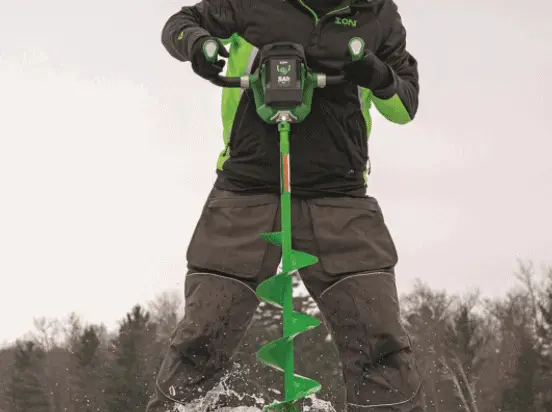
![Best Touring Kayaks in 2025 [8 Kayak Reviews & Buyers Guide]](https://watersportingadventure.com/wp-content/uploads/2020/02/person-sitting-on-teal-kayak-on-calm-water-of-river-3230581-2-1-768x512.jpg)
